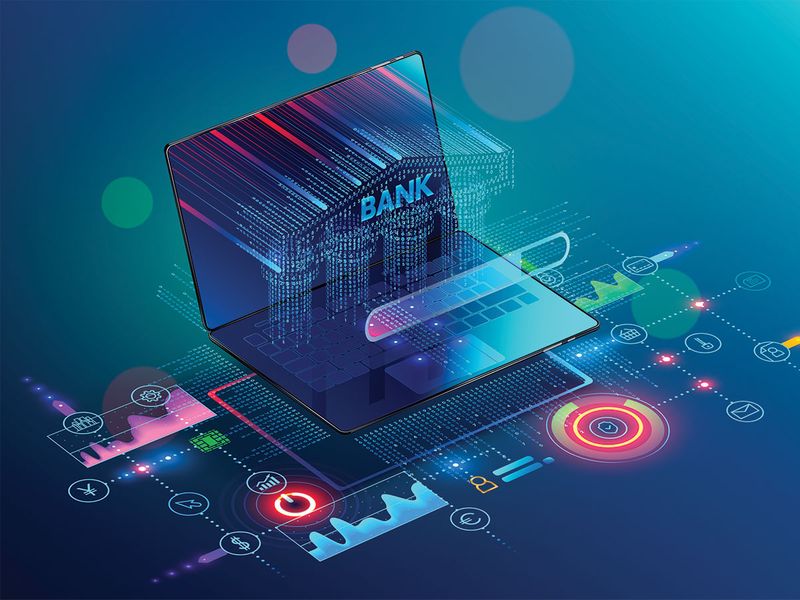In this day and age of technological innovation, customers expect everything to be at their fingertips, or on the screen of their smartphones. From sending payments to paying bills, processing transactions, and much more, the banking industry is rapidly moving towards digitalisation to enhance efficiency, security, and customer service.
As we explore the subject of digitally transforming a bank, we must begin by understanding what digital transformation entails. Is it just about offering online banking facilities and smartphone functionality? In fact, it’s much more than that, with digital transformation bringing together the traditional banking experience of courteous human interaction and the speed and security provided by technological instruments.
Digital banking experiences are thoughtful, caring, and serve to enhance the customer’s convenience and advantages. If that is the case, then what prevents a bank from embracing tech-savvy practices and innovative instruments? It is mainly the challenges of upgrading their technological infrastructure and innovating their working environments that discourage them from implementing these tools.
Moving towards digital transformation
Traditional banks and financial institutions can move towards digital transformation by defining a comprehensive and market-competitive strategy. The transformation process is different for each banking institution because it stems from their individual business strategy, industry positioning, financial resources, and other capabilities.

Image Credit: Supplied
However, in 2020, all banks are driven to consider remedies to usher in technological transformations because of the tough intensity of competition triggered by tech-savvy banks. It begins by reinventing the distribution models, enhancing value propositions, and devising consumer-focused processes that stress on growth and increased consumer satisfaction.
Digitisation is not a strategy that can be picked off the menu and implemented to one business unit or banking department. If a bank takes the initiative to digitise the finance wing or the cybersecurity wing, it will not be a wholesome, institution-wide transformation. It is a great challenge because it requires banks and financial institutions to step out of their comfort zones and undertake an organisation-wide change.
A comprehensive enterprise-wide strategy
A digital transformation of any given organisation, be it a bank or a tourist resort, requires a comprehensive, enterprise-wide strategy that ushers in a top-to-bottom transformation. The innovation must begin from the executive block and down to every single accountant and cashier.
It requires the integration of innovative software, advanced computation and accounting infrastructure, and modern communication tools that allow greater coordination. Digitisation requires an integrated and enterprise-wide approach that will innovate every single department and element of the organisation.
Traditional banking systems tend to struggle against advanced technological tools, such as big data, artificial intelligence (AI), robotics, and blockchain. Change is always overwhelming, but these technologies promise a wide array of improvements and advantages.
Focus on priorities
In order to devise an efficient digital transformation strategy, banks and financial institutions must focus on their priorities. A digital transformation serves the purpose of reinventing the customer experience with innovations and improvements. It serves the purpose of transforming the operating model to reduce inefficiencies and drive productivity and growth.

Image Credit: Shutterstock
More importantly, digital transformation is focused on leveraging the power of data to facilitate decision-making and provide a safer cybersecurity environment. The main priority is to build a digitally-driven financial organisation that is market-competitive and modernised.
Adopting the best practices
Banks who seek to undertake a digital transformation and excel competitively must focus on research to identify their competitors and, more importantly, the best digital practices throughout the industry. Consumers are spending their time and financial resources on various brands and enterprises. These enterprises are shaping their digital experience.
In order to create a user-friendly digital strategy that is focused on the needs of the consumer, it is crucial to identify the best digitisation practices across the financial industry and other industry sectors. Banks must also focus their research on user-focused technologies, behavioral economics, cognitive psychology, and new methodologies to devise a user-centric digital experience.


